1913 items found
Page 43 of 160
-
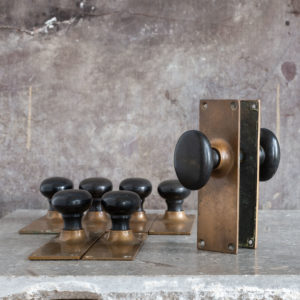
Four pairs of early twentieth century door knobs by Kaye
£475 the setFour pairs of early twentieth century door knobs by Kaye
bakelite knobs with patinated rectangular plates.£475 the set -
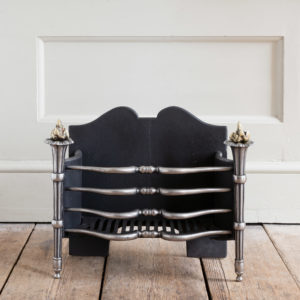
Regency style steel and brass fire grate with torcheres
£2,500 -
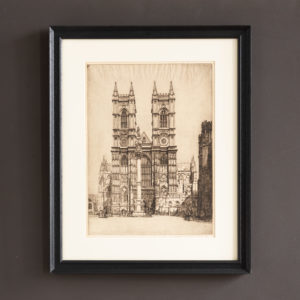
Westminster Abbey by Mortimer Mempes
£480Westminster Abbey by Mortimer Mempes
Mortimer Luddington Menpes. Printmaker, painter of genre, architectural subjects, and writer was born in Alelaide, Australia and came to England c.1875 where he remained until his death in 1938.£480 -
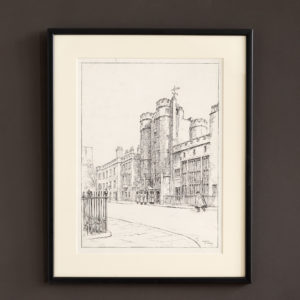
St. James Palace, by Hubert John Williams.
£395St. James Palace, by Hubert John Williams.
Hubert John Williams (1905-1989). Portrait, landscape and architectural painter, etcher and illustrator. Williams was born in Beckenham, Kent in 1905 and later studied at the Royal Academy Schools where he was awarded the Landseer Scholarship for 1928. He also attended the St Martins School of Art and the L.C.C. Schools. Between 1926 and 1939 he exhibited at the Royal Academy, Royal Scottish Academy, Royal Institute of Painters in Oil, and the New English Art Club amongst others. During WWII he worked as a cartographer in the War Office, then as commercial illustrator from 1946 specialising in children’s education. His work can be found in many public collections including The Imperial War Museum and Museum of London.£395 -
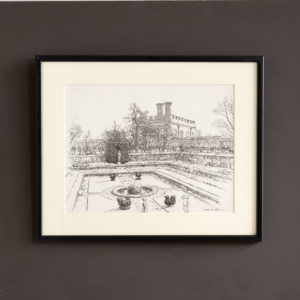
The Pond Garden, Hampton Court, by Hubert John Williams.
£395The Pond Garden, Hampton Court, by Hubert John Williams.
Hubert John Williams (1905-1989). Portrait, landscape and architectural painter, etcher and illustrator. Williams was born in Beckenham, Kent in 1905 and later studied at the Royal Academy Schools where he was awarded the Landseer Scholarship for 1928. He also attended the St Martins School of Art and the L.C.C. Schools. Between 1926 and 1939 he exhibited at the Royal Academy, Royal Scottish Academy, Royal Institute of Painters in Oil, and the New English Art Club amongst others. During WWII he worked as a cartographer in the War Office, then as commercial illustrator from 1946 specialising in children’s education. His work can be found in many public collections including The Imperial War Museum and Museum of London.£395 -
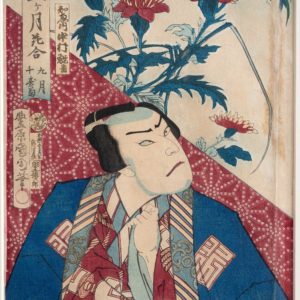
“Twelve Months of Flowers September Senju Chrysanthemum “Chienai Nakamura Suzaku”by Toyohara Kunichika
£350 -
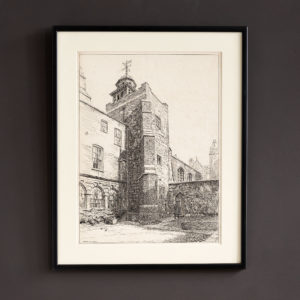
The Charterhouse, by Hubert John Williams.
£395The Charterhouse, by Hubert John Williams.
Hubert John Williams (1905-1989). Portrait, landscape and architectural painter, etcher and illustrator. Williams was born in Beckenham, Kent in 1905 and later studied at the Royal Academy Schools where he was awarded the Landseer Scholarship for 1928. He also attended the St Martins School of Art and the L.C.C. Schools. Between 1926 and 1939 he exhibited at the Royal Academy, Royal Scottish Academy, Royal Institute of Painters in Oil, and the New English Art Club amongst others. During WWII he worked as a cartographer in the War Office, then as commercial illustrator from 1946 specialising in children’s education. His work can be found in many public collections including The Imperial War Museum and Museum of London.£395 -
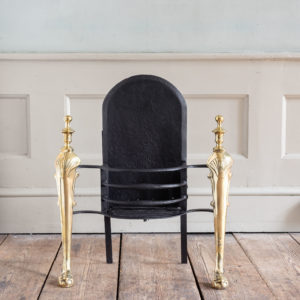
Queen Anne brass and wrought iron fire basket
£2,800Queen Anne brass and wrought iron fire basket
with urn finials, the cabriole legs with claw and ball feet, the rear legs replaced.£2,800 -
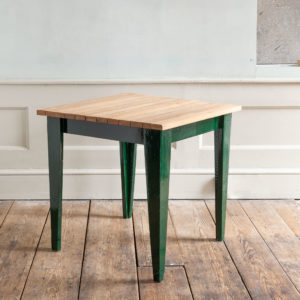
Iroko and pine table,
£225Iroko and pine table,
with slatted top (requiring finish i.e. oil or wax) and dark green gloss painted base.£225 -
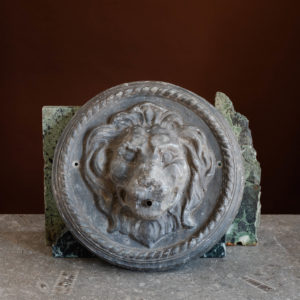
Lead lion fountain mask,
£650 -
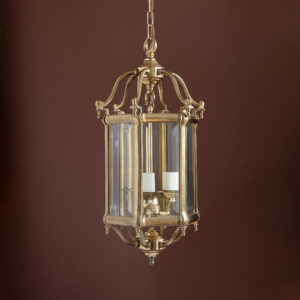
Hexagonal brass hall lantern,
£1,350 -
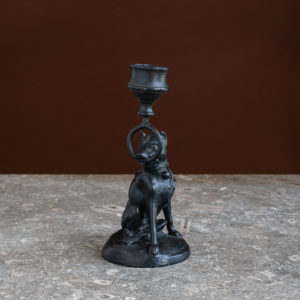
Novelty dog candlestick
£90
